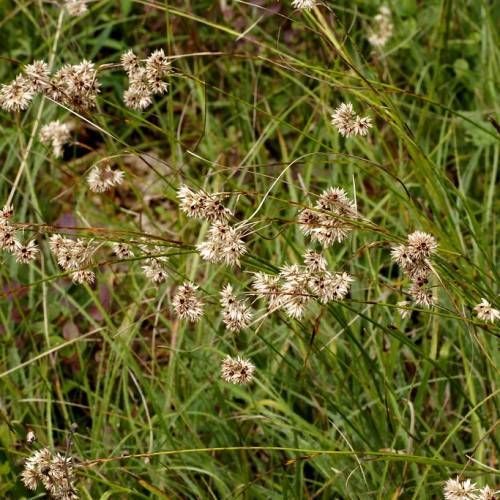
snowy woodrush
Luzula nivea
Cycle:
Herbaceous Perennial
Watering:
Frequent
Hardiness Zone:
4
Flowers:
Flowers In Spring
Sun:
Full sun
Fruits:
Fruits In Summer Ready In Summer
Leaf:
Yes
Growth Rate:
High
Poisonous To Pets:
Yes
Drought Tolerant:
Yes
Salt Tolerant:
Yes
Invasive:
Yes
Care Level:
Medium
watering
Lupine should be watered deeply to encourage strong root development. Water plants with 1 to 2 inches of water once or twice a week. Make sure that the soil is able to drain well so the plants do not remain waterlogged. Allow the soil to dry out slightly between waterings. Do not let the soil go completely dry, as this may cause the plants to wilt or even die. Water early in the morning and avoid overhead watering or spraying to minimize disease problems.
sunlight
Lupine (Lupinus polyphyllus) favors full sun, with at least 6 hours of direct sunlight per day being ideal. Lupine plants do best in soil that has been amended with organic matter, as this helps to ensure that the soil remains loose and nutrient rich. If grown in sandy soils, supplemental fertilizing may be required. Lupine does best in temperatures above 60°F, but does not typically tolerate overly hot climates well.
pruning
Lupine (Lupinus polyphyllus) may need light pruning to keep them looking neat and tidy. For best results, pruning should be done in early spring, right before or as new growth is emerging, or in late spring after flowering has completed. The extent of pruning will depend on your individual plant. If you want a bushier and more colourful plant, prune each stem right back to 4 to 6 inches above the ground. If you prefer a neater appearance, cut the stems back down to 2 to 4 inches above the ground. Removing spent blooms will also help encourage a second round of blooming later in summer.
